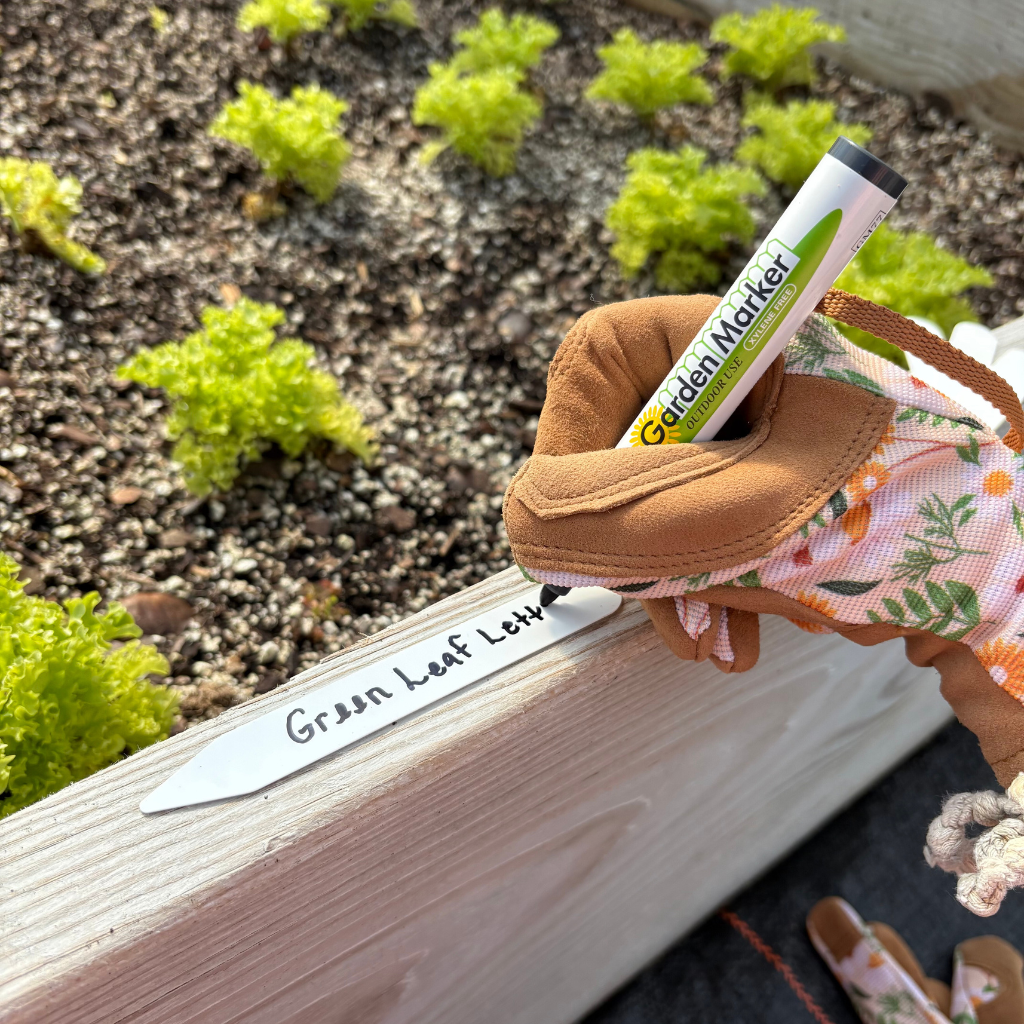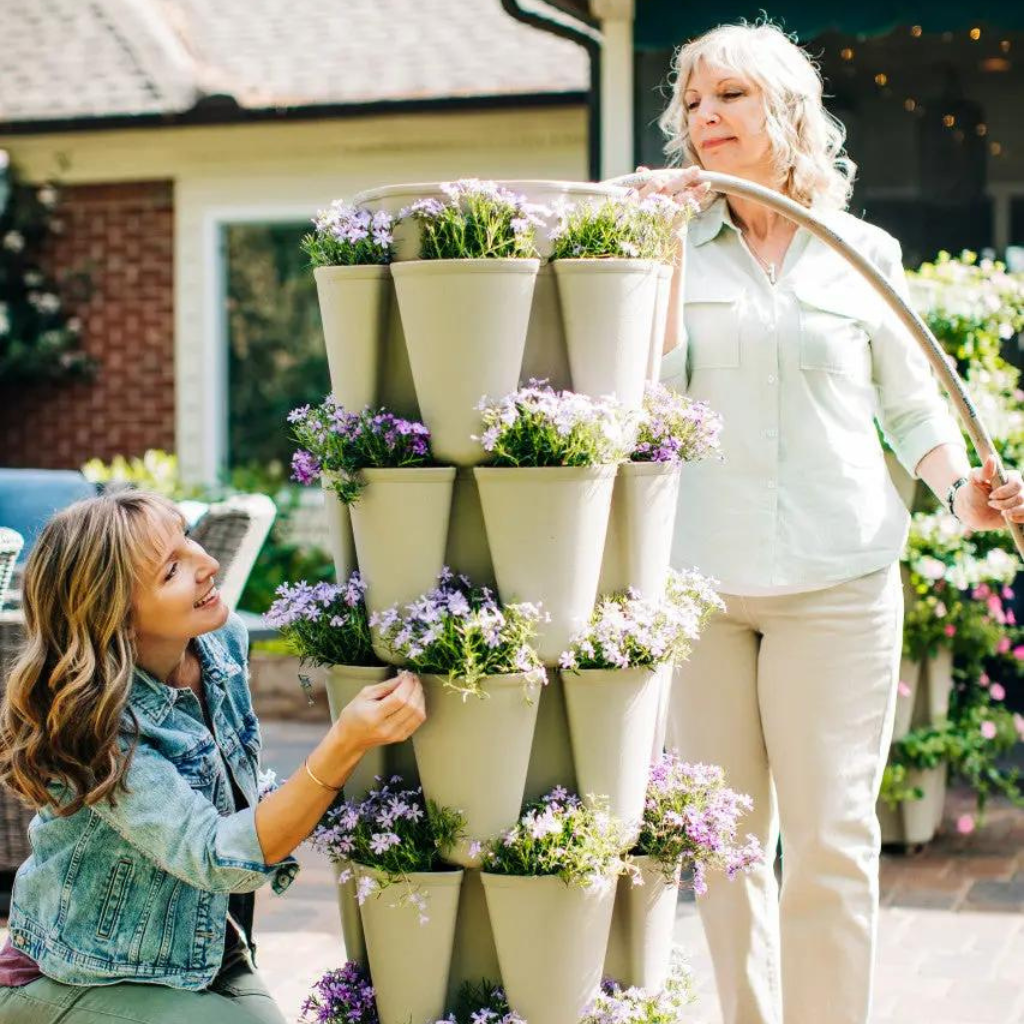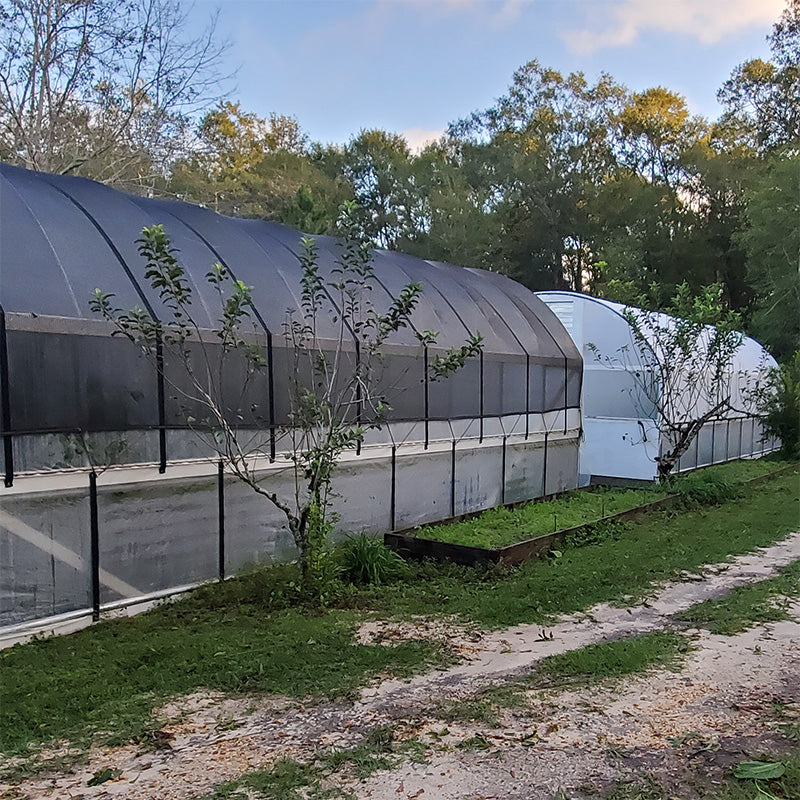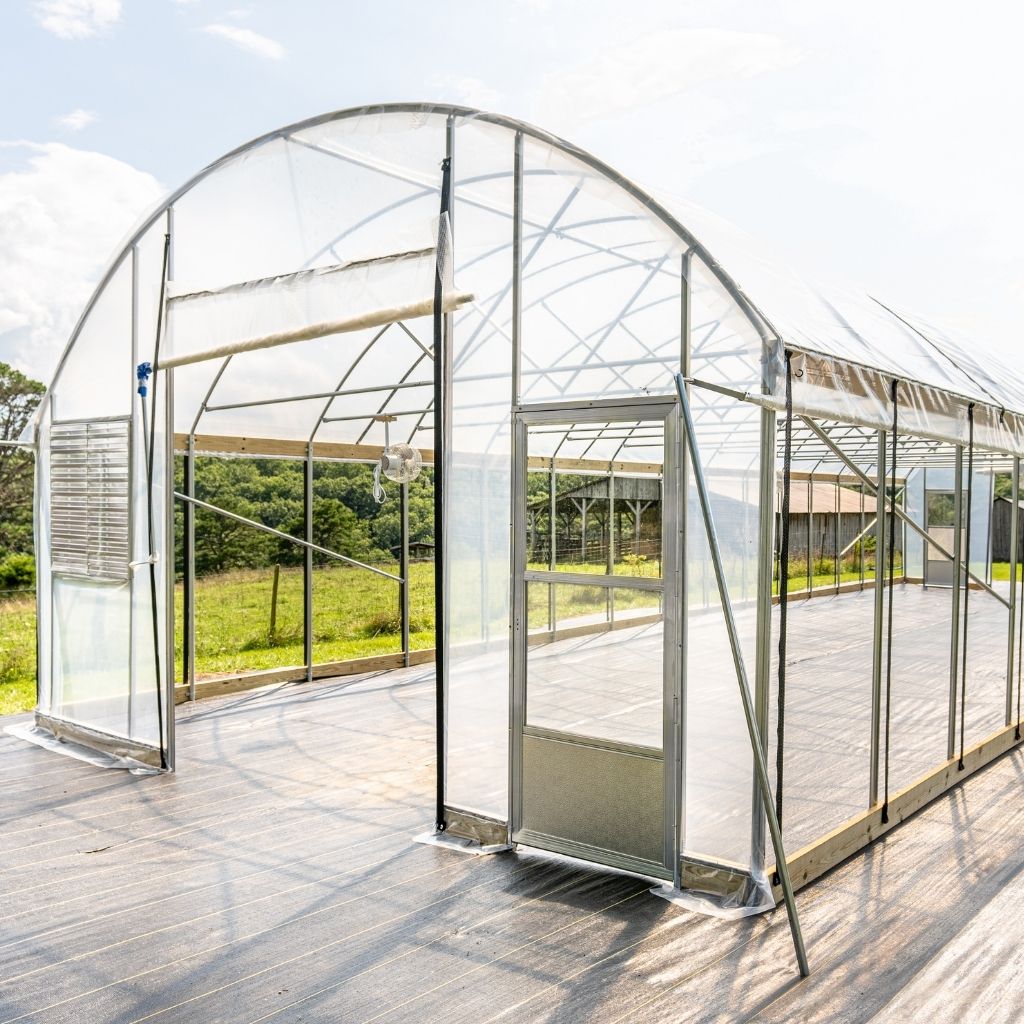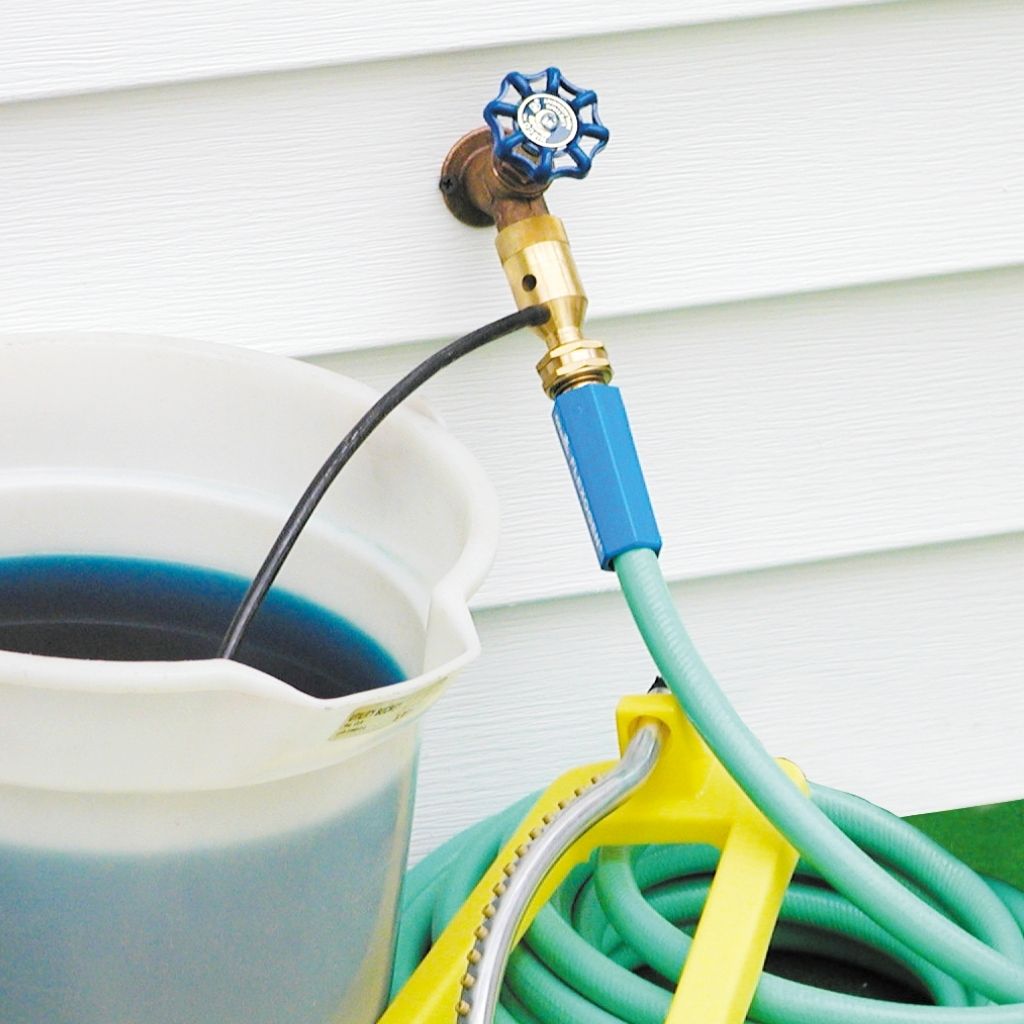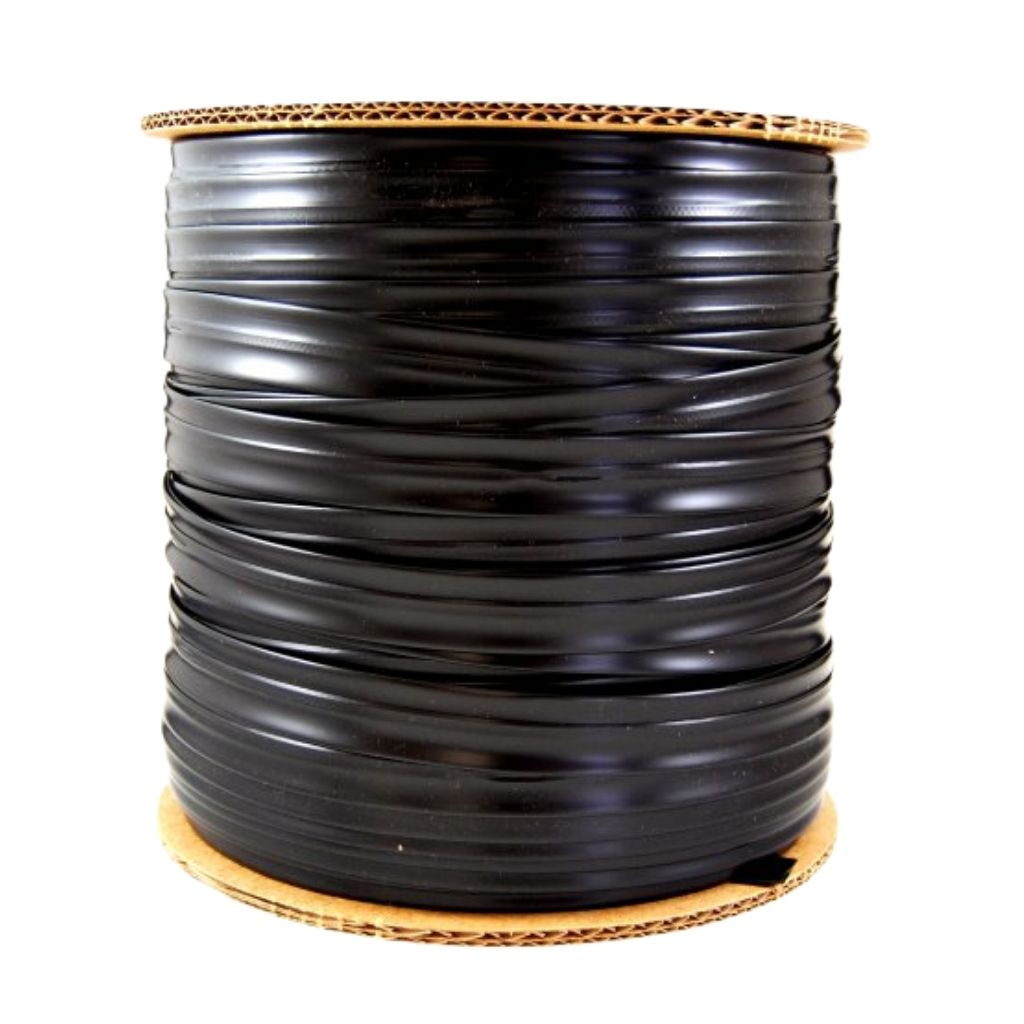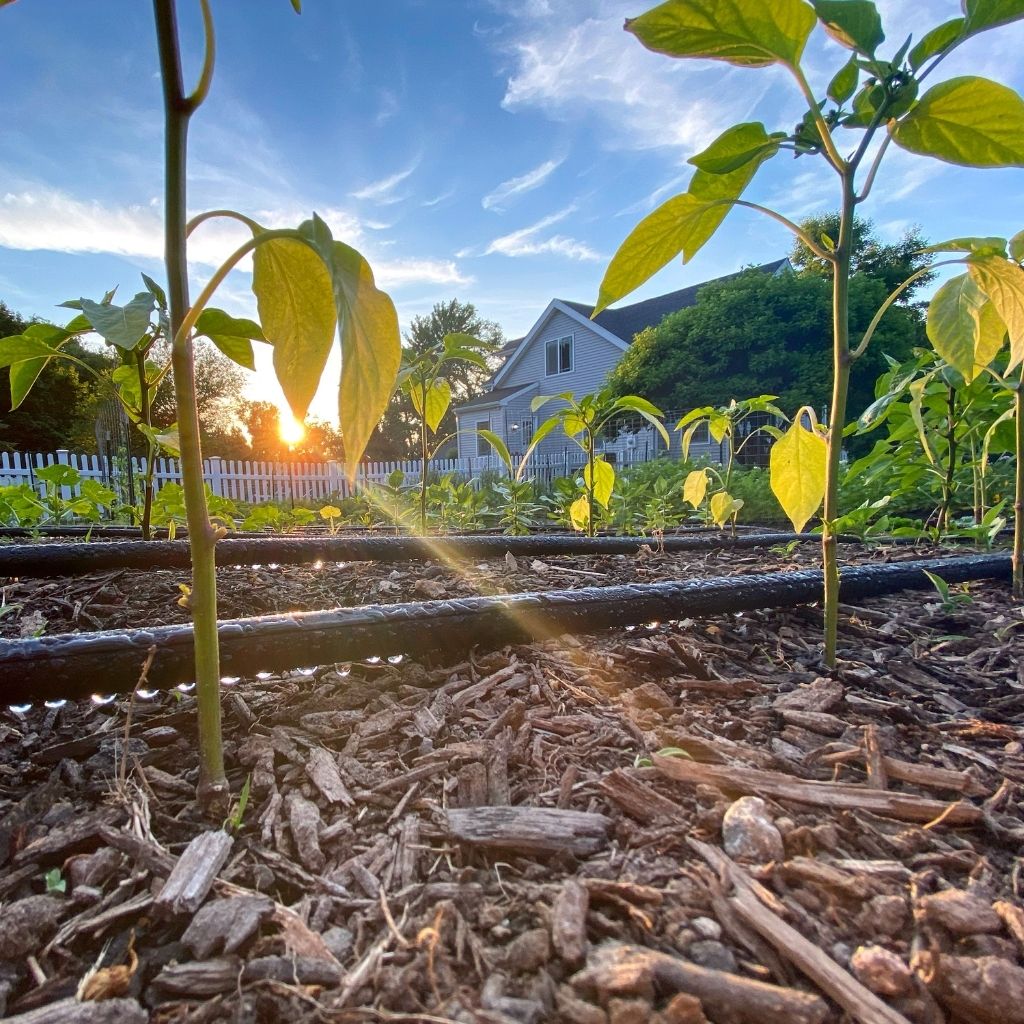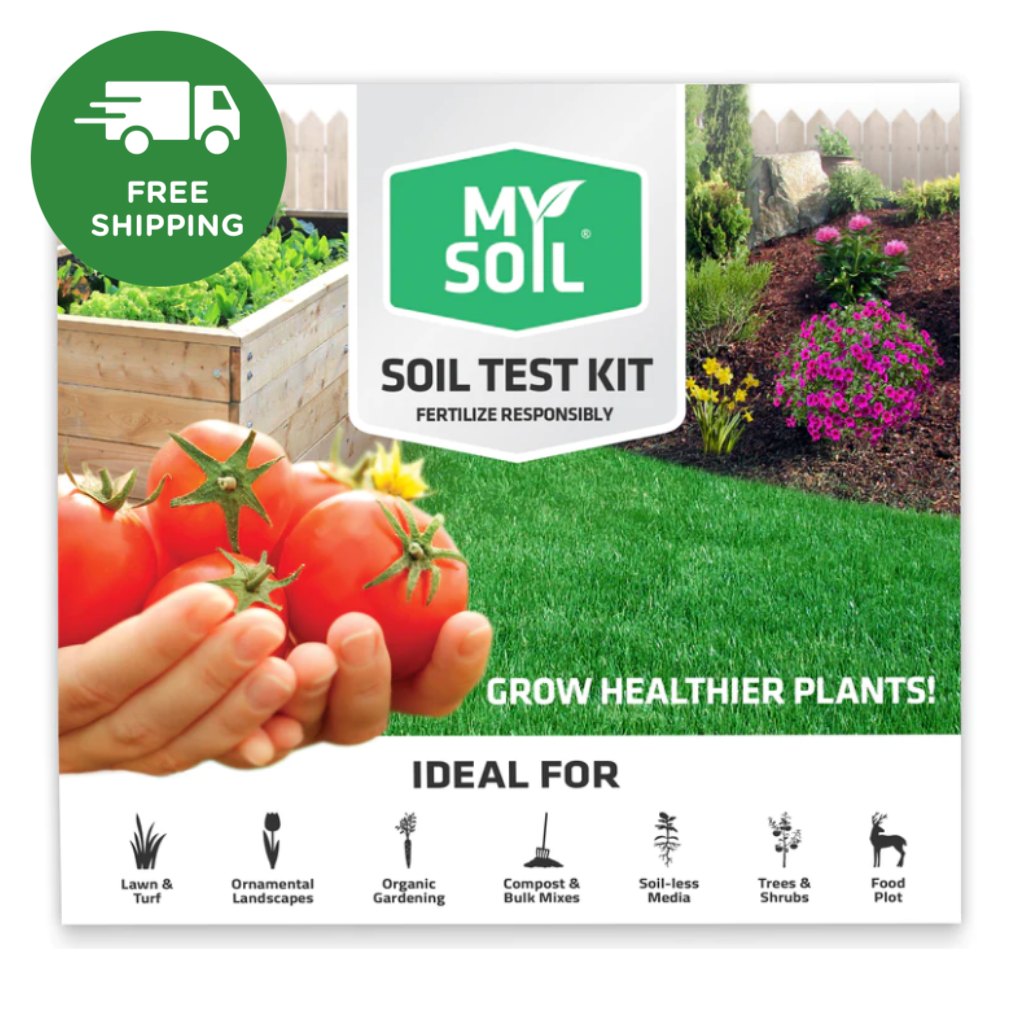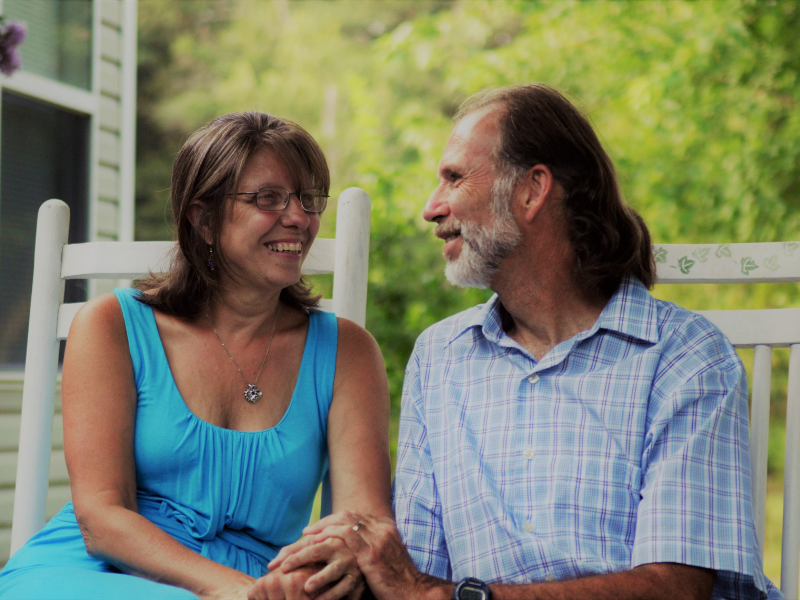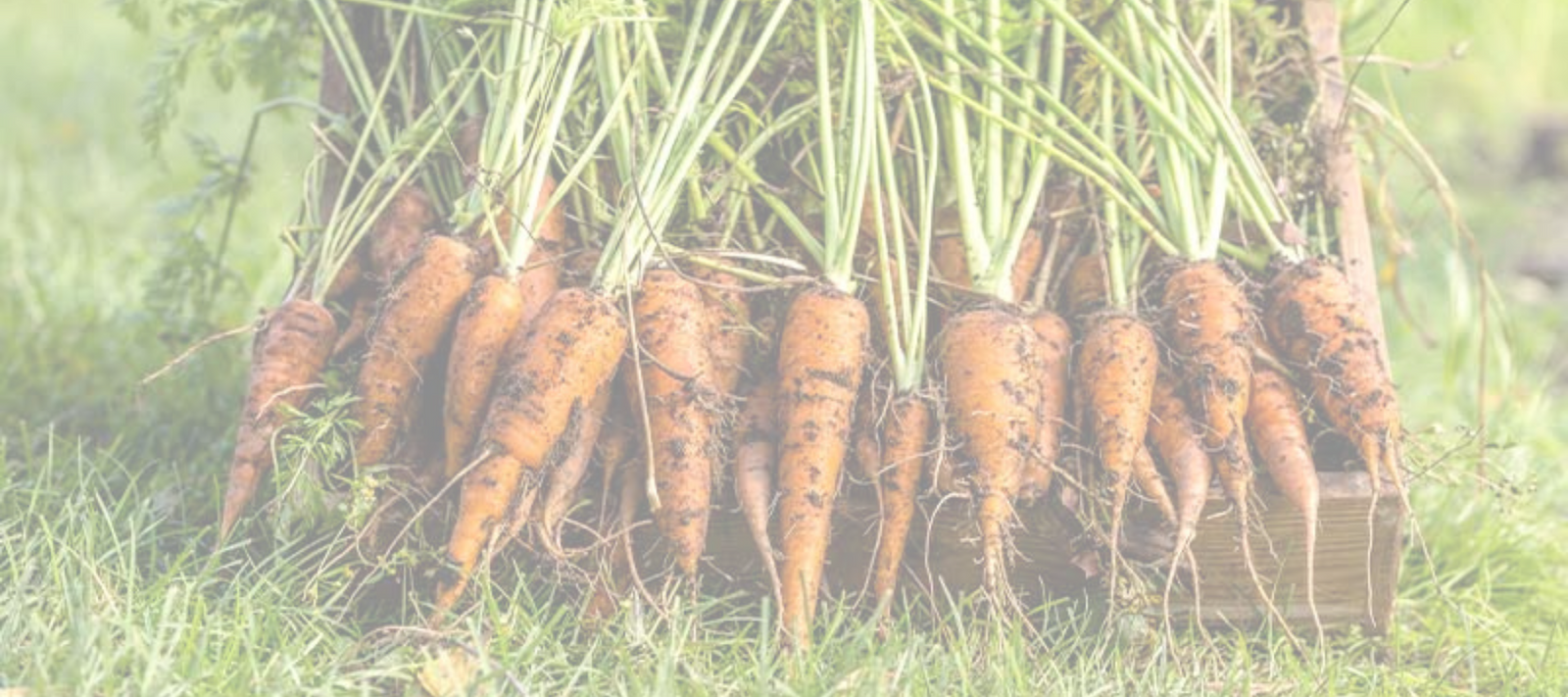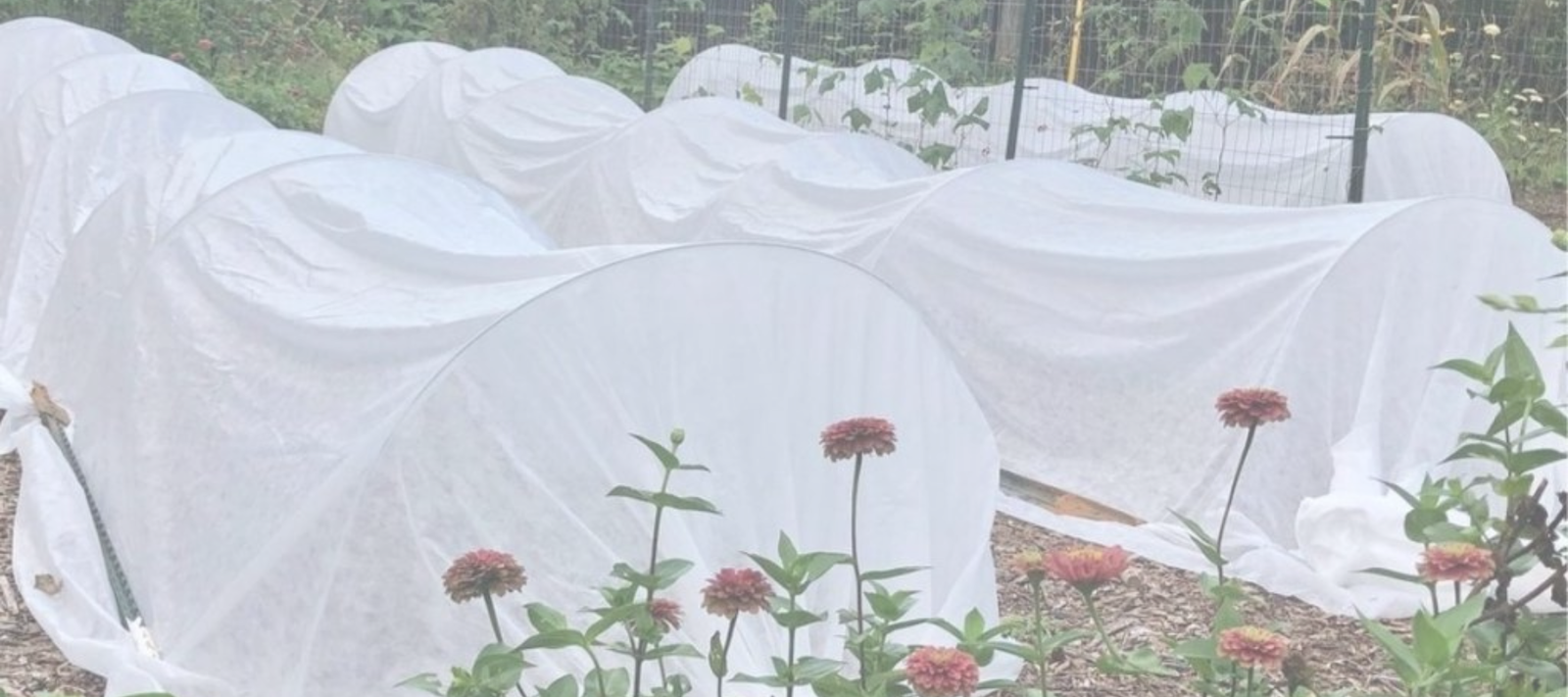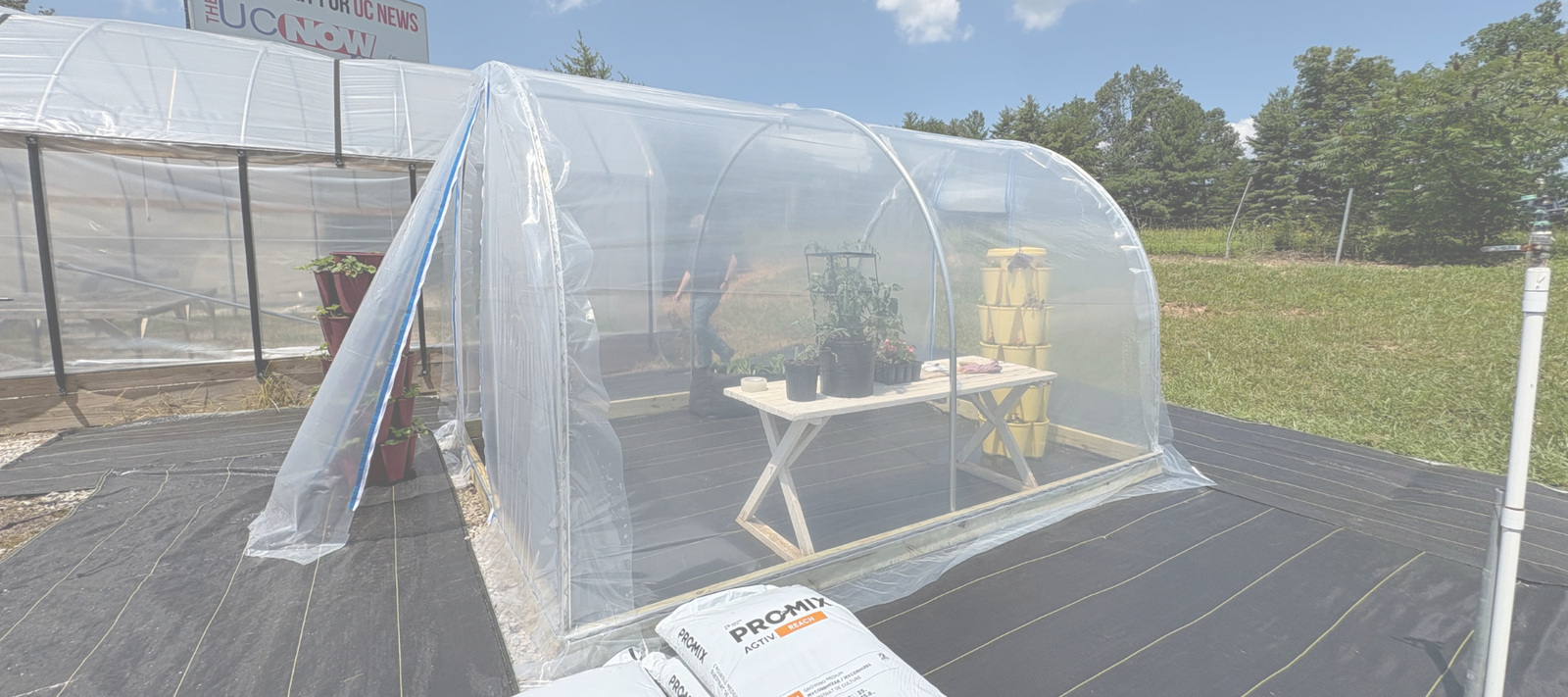Planting fall crops can extend your gardening season and provide fresh produce well into the cooler months. However, the best time to plant varies significantly depending on your USDA hardiness zone. This guide will help you determine the optimal planting times for fall crops based on your specific zone.
Understanding USDA Hardiness Zones
The USDA Hardiness Zone Map divides North America into 13 zones based on the average minimum winter temperature. These zones help gardeners determine which plants are most likely to thrive in their region. Knowing your zone is crucial for planning the timing of your fall garden. Don't know your zone? Find your hardiness zone here:

Zone 3-4: Northern States
Best Time to Plant: Late July to Early August
For gardeners in zones 3 and 4, the growing season is shorter, so timing is critical. Start planting fall crops in late July to early August to ensure they mature before the first frost. Focus on cold-tolerant crops such as:
- Spinach
- Kale
- Lettuce
- Carrots
- Beets
Zone 5-6: Midwest and Northeast
Best Time to Plant: Early to Mid-August
In zones 5 and 6, you have a bit more flexibility with planting times. Aim to plant your fall garden in early to mid-August. This will give your crops enough time to mature before the colder weather sets in. Ideal crops include:
- Broccoli
- Brussels sprouts
- Cabbage
- Cauliflower
- Radishes
Zone 7-8: Southern and Mid-Atlantic States
Best Time to Plant: Late August to Early September
Gardeners in zones 7 and 8 enjoy a longer growing season, allowing for later planting of fall crops. Plan to plant in late August to early September. These zones can support a variety of fall crops such as:
- Swiss chard
- Turnips
- Mustard greens
- Collards
- Snap peas
Zone 9-10: Southern Coastal and Southwest
Best Time to Plant: Mid to Late September
Zones 9 and 10 benefit from a mild climate that allows for extended fall planting. The best time to plant fall crops is mid to late September. With the warmer climate, you can grow a wide range of crops including:
- Lettuce
- Spinach
- Arugula
- Radishes
- Broccoli
Zone 11-13: Tropical and Subtropical
Best Time to Plant: October
In the warmest zones, fall planting can begin as late as October. These regions have very mild winters, so you can grow a variety of crops year-round. Ideal fall crops for these zones include:
- Leafy greens (lettuce, kale, spinach)
- Herbs (cilantro, parsley, dill)
- Root vegetables (carrots, beets)
- Brassicas (broccoli, cauliflower)
Tips for Successful Fall Planting
- Know Your Frost Dates: Check your average first frost date and count backward to determine the best planting time for each crop.
- Choose Cold-Hardy Varieties: Select varieties known for their cold tolerance and quick maturity.
- Use Season Extenders: Row covers, cloches, and cold frames can protect your plants from early frosts and extend your growing season.
- Prepare Your Soil: Enrich your soil with compost and ensure it is well-drained to support healthy root growth.
- Monitor Weather Conditions: Keep an eye on the weather forecast and be ready to cover your crops if an early frost threatens.
Planting fall crops can be a rewarding way to extend your gardening season and enjoy fresh produce even as the temperatures drop. By understanding your USDA hardiness zone and timing your planting accordingly, you can ensure a bountiful fall harvest. Check out our guide to preparing for fall planting here!
Happy planting!


